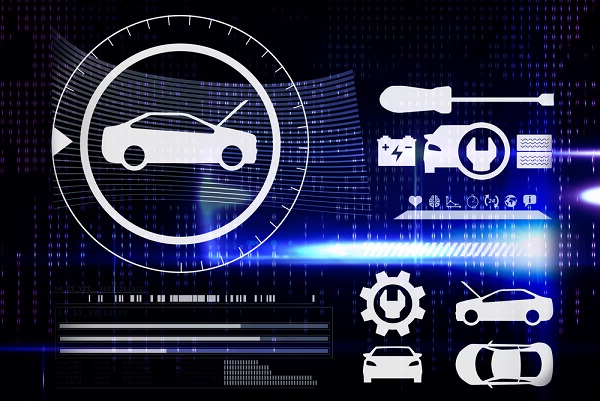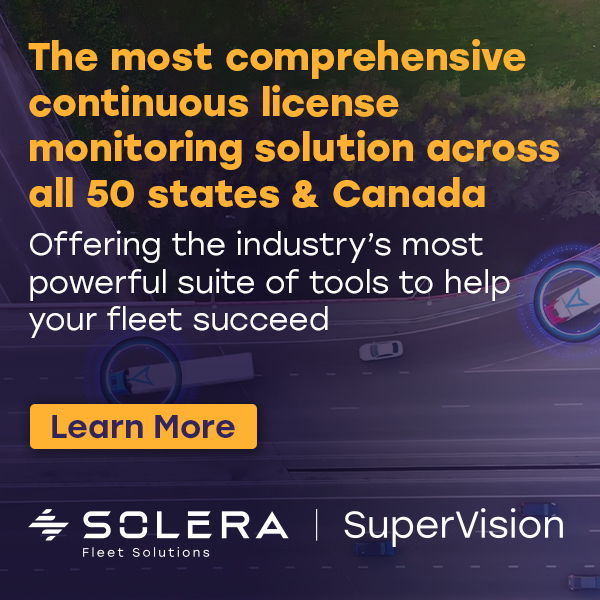
By Sumit Chauhan, Co-founder and Chief Operating Officer, CerebrumX
September 13, 2023
The cost of vehicles continues to rise for fleets and business fleet operators. This is bad news for fleets and their operating margins. But the use of connected vehicle data is providing critical opportunities to prevent profit erosion.
Today, more fleets are making use of sophisticated connected vehicle technology, AI, and data analytics. Each vehicle’s maintenance & servicing is one key area that benefits from these sophisticated data inputs and analytics. The right data can make a significant difference in helping fleets keep track of the condition of the cars in their portfolios.
This data can be used to properly maintain vehicles on the road today and help fleets better control the cost of repairs – which may be instrumental in keeping overall costs down.
 Maintaining cost effectiveness, functionality, and user safety all depend on effective management of vehicle data. Utilizing data software aids in gaining vehicle insights, timely analysis, and maximizing operations. Data still plays a crucial role in providing timely maintenance, safety, and performance alerts among other things, even as advanced software identifies new areas that require vehicle optimization.
Maintaining cost effectiveness, functionality, and user safety all depend on effective management of vehicle data. Utilizing data software aids in gaining vehicle insights, timely analysis, and maximizing operations. Data still plays a crucial role in providing timely maintenance, safety, and performance alerts among other things, even as advanced software identifies new areas that require vehicle optimization.
Connected vehicle data and embedded telematics help in collecting vehicle data using different sources to get accurate user insights, while also taking proactive steps to maintain vehicles properly for each fleet, insurers, maintenance staff, and OEMs.
Connected Vehicle Data Is Critical For Fleet Operations
Real-time data accelerates analysis to identify factors influencing the business, and to develop strategies that nurture growth. It allows agents and fleet service providers to automate mundane tasks, such as monitoring assets, managing maintenance and warranty, scheduling service appointments and more.
Why It’s Important To Leverage Cloud Technology
AI and data-intensive analytics today call for a significant amount of data processing power. It’s better to process critical data at the edge within the vehicle and only share event-related information to the cloud in order to improve bandwidth efficiency and reduce latency problems. Due to the applications and data being closer to the source, providing a quicker turnaround and greatly improving the system’s performance, in-vehicle edge computing has become essential to ensure that connected vehicles can operate at scale.
Leveraging cloud-based platforms offer a wide range of applications across verticals where resulting insights can be consumed. The most obvious use case is for aftermarket and vehicle maintenance where effective algorithms can analyze the health of the vehicle in near real-time to suggest remedies for impending vehicle failures across vehicle assets like engine, oil, battery, tires and so on. Ensuring proper maintenance of vehicles within the portfolio can help clients keep repair costs in check.
 Having access to effective connected vehicle data is important, especially since aging vehicles will always undergo repairs. Another reason repair costs are rising is because the number of vehicle crashes spiked during the pandemic. The latest data from the National Highway Traffic Safety Administration (NHTSA) shows that crashes increased from 5.2 million in 2020 to 6.1 million in 2021. The 2022 crash data isn’t available yet, but the latest NHTSA vehicle traffic fatality data shows only a marginal decrease between 2021 and 2022, indicating that crashes remain elevated.
Having access to effective connected vehicle data is important, especially since aging vehicles will always undergo repairs. Another reason repair costs are rising is because the number of vehicle crashes spiked during the pandemic. The latest data from the National Highway Traffic Safety Administration (NHTSA) shows that crashes increased from 5.2 million in 2020 to 6.1 million in 2021. The 2022 crash data isn’t available yet, but the latest NHTSA vehicle traffic fatality data shows only a marginal decrease between 2021 and 2022, indicating that crashes remain elevated.
Advanced Data Platforms & Software Help Keep Fleet Costs Down
When choosing a predictive fleet maintenance software platform, fleets with connected vehicles must take many factors into account. Using automotive tools, predictive fleet maintenance software performs routine fleet maintenance while avoiding manual mistakes. Preventive maintenance plans and alerts are essential from ideal providers. Periodically, the software notifies and alerts users to maintenance tasks. To send automated maintenance alerts and schedules, it makes use of monitoring metrics that have been pre-set, as well as service records.
 It should also easily identify vehicle needs and maintenance risks. This detects critical situations and highlights areas that require immediate attention. It enables the capture of a range of performance data, analyzing driver behavior and checking the external surroundings to accurately store vehicle metrics and other variables, assisting in identifying risks.
It should also easily identify vehicle needs and maintenance risks. This detects critical situations and highlights areas that require immediate attention. It enables the capture of a range of performance data, analyzing driver behavior and checking the external surroundings to accurately store vehicle metrics and other variables, assisting in identifying risks.
The more datasets AI collects with OEM processing via the cloud, the better predictions it can make for vehicles. This means safer, more intuitive fleet vehicles in the future, with more accurate routes and better real-time vehicle diagnostics. It also means vehicles will be better maintained, lowering the cost of repairs, and keeping overall maintenance costs stable.
 About The Author: Sumit Chauhan is co-founder and chief operating officer of CerebrumX, with more than 24 years of experience in automotive, IoT, telecoms and healthcare. Sumit has always played the leadership role that allowed him to manage a P&L of close to US $ 0.5B across various organizations, such as Aricent, Nokia and Harman, enriching their domestic as well as international business verticals. As co-founder of CerebrumX, he has applied his experience in the connected vehicle data domain to deliver the automotive industry with an AI-powered augmented deep learning platform (ADLP). Sumit is also passionate about mentoring and guiding the next generation of entrepreneurs.
About The Author: Sumit Chauhan is co-founder and chief operating officer of CerebrumX, with more than 24 years of experience in automotive, IoT, telecoms and healthcare. Sumit has always played the leadership role that allowed him to manage a P&L of close to US $ 0.5B across various organizations, such as Aricent, Nokia and Harman, enriching their domestic as well as international business verticals. As co-founder of CerebrumX, he has applied his experience in the connected vehicle data domain to deliver the automotive industry with an AI-powered augmented deep learning platform (ADLP). Sumit is also passionate about mentoring and guiding the next generation of entrepreneurs.



